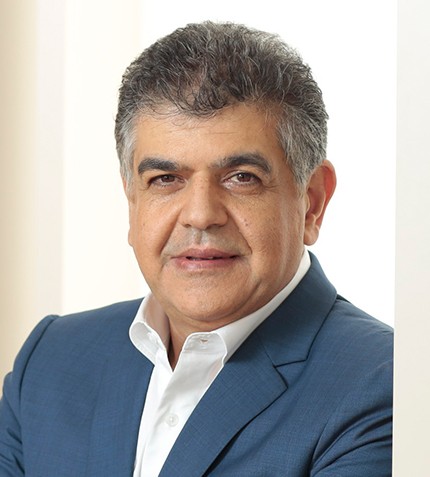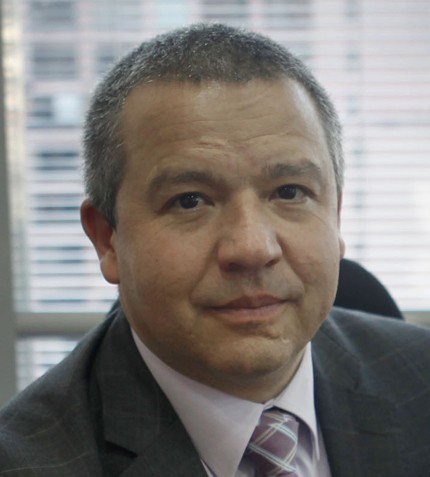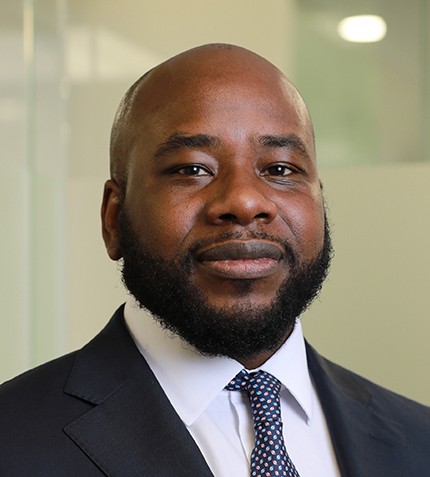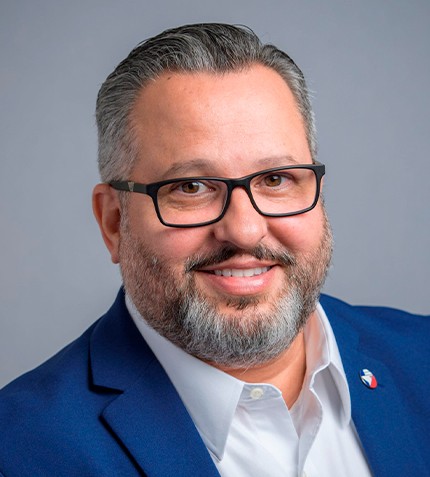
"We see increasing competitive intensity from focused and specialized agile players as well as local and strong regional chemical distributors challenging our position and growing faster than us."
Henri Nejade
COO, BRENNTAG SPECIALTIES
Starting with January 2021, Brenntag is steering two global business divisions as part of a new operating model. What has driven this change?
Known as “Project Brenntag,” this global transformation program is focused on driving sustainable earnings growth with an additional EBITDA contribution of €220 million globally until 2023, ramping up year by year. We see increasing competitive intensity from focused and specialized agile players as well as local and strong regional chemical distributors challenging our position and growing faster than us. It was important to start zooming into key growth sectors, such as material science, pharma, home care, personal care, nutrition, lubricants and water treatment by allocating specific resources and managing these segments in a more structured, focused, and streamlined manner. While the specialty sector requires a more customer-focused approach and technical support, basic chemicals call for a more product and service oriented approach, with a high focus on logistics for the management of large volumes. Based on this, starting with January 2021, we distinguished the two divisions clearly by setting up Brenntag Essentials and Brenntag Specialties.
You will now be in charge of the global Specialty Division for Brenntag. What is your strategy and vision in this space, and how does it differ from the Essentials’ approach?
There are two ways to serve the market: via a focus on development and innovation that primes on the chemical formula, specific to the performance chemicals; or via a focus on highly efficient logistics for different types of solvents, as relevant for commodities. As a true world leader in chemical distribution, Brenntag needs to attune to customer needs and the right channels to reach them, especially as the market becomes more sophisticated. Suppliers are more consolidated, they ask more of their distributor, so we need to be ready to promote their brands. Finally, we also need to stay ahead of the curve with innovation; we have move than 60 application labs worldwide, dedicated to the specialty segment.
Could you elaborate on what this transformation will entail in effect?
It has been broadly reported that the project will also see a leaner workforce structure with a reduction of approximately 1,300 jobs out of our about 17,500 employees worldwide, and the closing down of 100 sites, but what we mean by transformation is really a program of improvement. Brenntag is investing significantly in new site developments to create sites that are modern and more efficient to support Brenntag’s future growth. Under the process of Site Network Optimization (SNO), we look at our over 700 sites globally, some managed by Brenntag directly, others ran by a third party, to optimize both cost-effectiveness and quality delivered. With regard to our go-to-market approach, the changes mean a redesign of our sales and customer service roles and a different and more effective resource allocation of our sales force.
How do you believe your customers’ base has changed over the years?
The structure of the market remains unchanged- it is a growing, fragmented, global market to which India and China contribute significantly. Questions on how best to serve this disjointed market- using digital channels, for instance- are more prominent, however. In the specialty segment, we see a greater need in supporting customers to enter new markets, and we have done so successfully in Vietnam and Thailand; by lending our capabilities and network in emerging markets, we see our suppliers also as customers and partners. A key evolution in our approach is that we developed top global expertise available anywhere in the world: for instance, in the food and nutrition team that I ran for many years, we have experts on beverages in Poland, but also great expertise in the gelato market in Italy, or advanced know-how in the milk industry in Vietnam; each can be leveraged globally.
Brenntag just announced buying a majority stake in Chinese specialty ingredients distributor Zhongbai Xingye. What is your strategy for inorganic growth in the APAC?
The recent acquisition, executed for €90 million, brings us closer to the Chinese market and expands our presence in the food and nutrition business. Zhongbai Xingye is the largest food ingredients distributor in the country. The acquisition is an important step for Brenntag to become a full-line distributor of food ingredients in the Asian market. In January 2021, we also announced the acquisition of ICL Packed in the UK, a distributor of water treatments. M&A activity remains a key pillar of growth in the company and we are highly selective in choosing our targets. Besides M&A, we also invest in warehouses and infrastructure- in 2020, we inaugurated a warehouse facility at Dongguan, South China.
What are your thoughts on China’s importance for the industry?
Undoubtedly, quality standards in China are improving considerably, which doubles down on the country’s enormous capacity. This is the largest chemical distribution market today, and, while China used to be mostly export-oriented, domestic consumption is on the rise too. We source many of our export products from China through our Global Sourcing Organisation (GSO) team; for the future, we follow through diligently our 10-years strategy in this country.
Do you have a final message?
Distributors are misperceived as trading companies, but distributors are service companies; in our business, we need to keep our eyes wide open to spot both brisk market fluctuations and follow the trajectory of megatrends. Going forward, I see the sector’s evolution coming from digitalization- especially data collection and management, as well as from the push towards sustainability. Brenntag is the world’s biggest distributor for chemicals and ingredients. But we want to be big not just in terms of raw numbers, but also by showing the way for sustainability, innovation, and smart growth.










